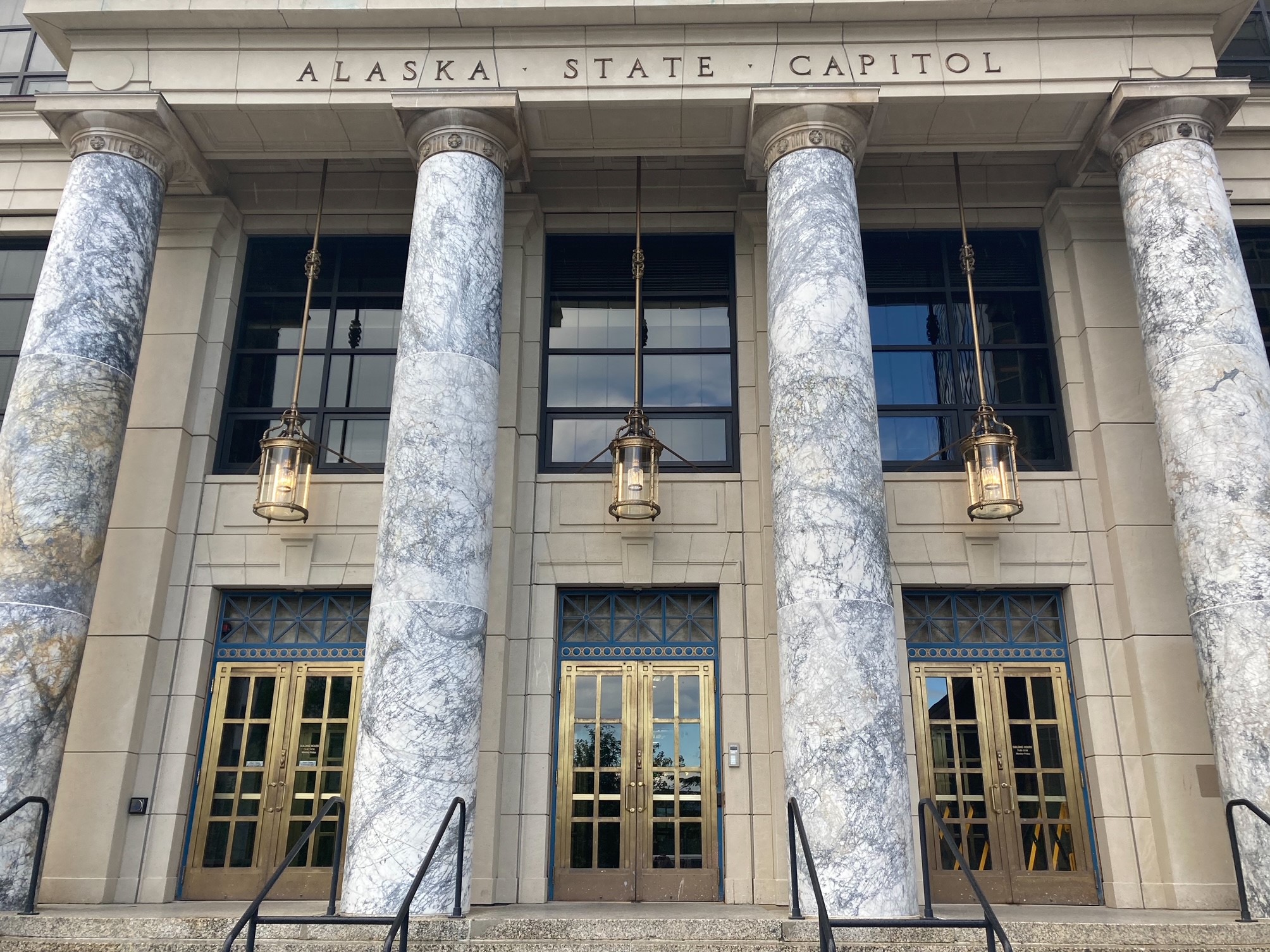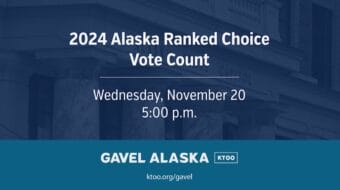
Gov. Mike Dunleavy signed the state budget late Wednesday afternoon. But programs to lower the cost of electricity in high-cost areas and to pay for university scholarships won’t be funded starting on Thursday. And permanent fund dividends are set at $525. That’s the lowest level in PFD history when adjusted for inflation.
Both the governor and legislators from every caucus have said they want to fund these programs, but legislators haven’t agreed on how to fund them.
In previous years, the programs were funded through separate accounts the state has maintained, like the $1 billion Power Cost Equalization Endowment Fund and the $340 million Higher Education Investment Fund.
But this year, both the House of Representatives and the Senate fell short of the support of three-quarters of their members needed to maintain the programs, by drawing from the Constitutional Budget Reserve to refill these accounts. The Constitutional Budget Reserve vote passed in previous years. But it was delayed in 2019, which led to the programs briefly being suspended.
Wasilla Rep. Cathy Tilton leads the all-Republican House minority caucus. She said the members of the caucus will withhold the votes needed to fund these programs for now. They are first asking that the Legislature discuss and vote on a plan for the future of the budget.
“We still have the three-quarter vote ahead of us,” she said on Monday. “And we’re going to hold onto that.”
Along with Power Cost Equalization and university scholarships and grants, several other programs will have to stop until they receive funding. The soonest that can happen is during the next legislative special session, currently scheduled to begin on Aug. 2.
Some members of the House minority have said they want the programs to be funded in the regular state budget, rather than from separate accounts. But majorities in both chambers oppose that approach because it would eliminate the Power Cost Equalization Endowment Fund and other accounts. They have said that eliminating the funds will undermine the programs.
Dunleavy has proposed combining the PCE Endowment Fund with the Alaska Permanent Fund, which he said would protect it. But some lawmakers have expressed skepticism about his overall plan, which includes setting permanent fund dividends at roughly $2,350. After a backlash to his budget proposal two years ago, Dunleavy hasn’t proposed policy changes that would both pay for larger dividends and balance the state budget.
Anchorage Democratic Rep. Chris Tuck is the House majority leader, after having served as the minority leader several years ago. He pointed out during the debate on Monday that the vote used to fund these programs gives the minority caucus influence.
“Negotiations aren’t done yet,” Tuck said. “There is tremendous power in the three-quarter vote. As the minority leader in the past, I knew the importance of that three-quarter vote.”
Along with the Power Cost Equalization program and university scholarships and grants, the unfunded programs also include the program to fund medical education.
A working group with members from each legislative caucus is expected to make recommendations ahead of the August special session for a fiscal plan that would include funding these programs.
Editor’s note: This article has been updated to reflect the governor signed the state budget late Wednesday afternoon.


